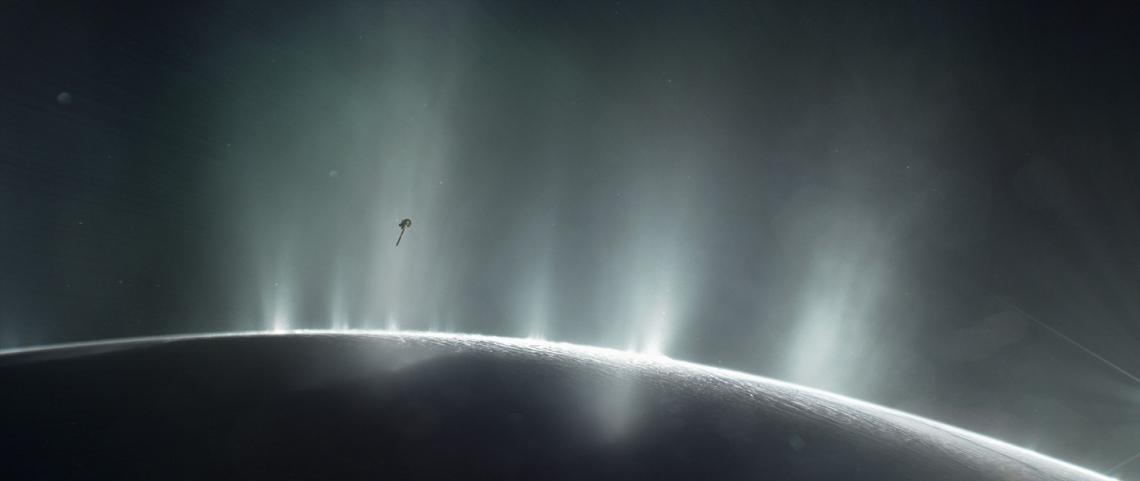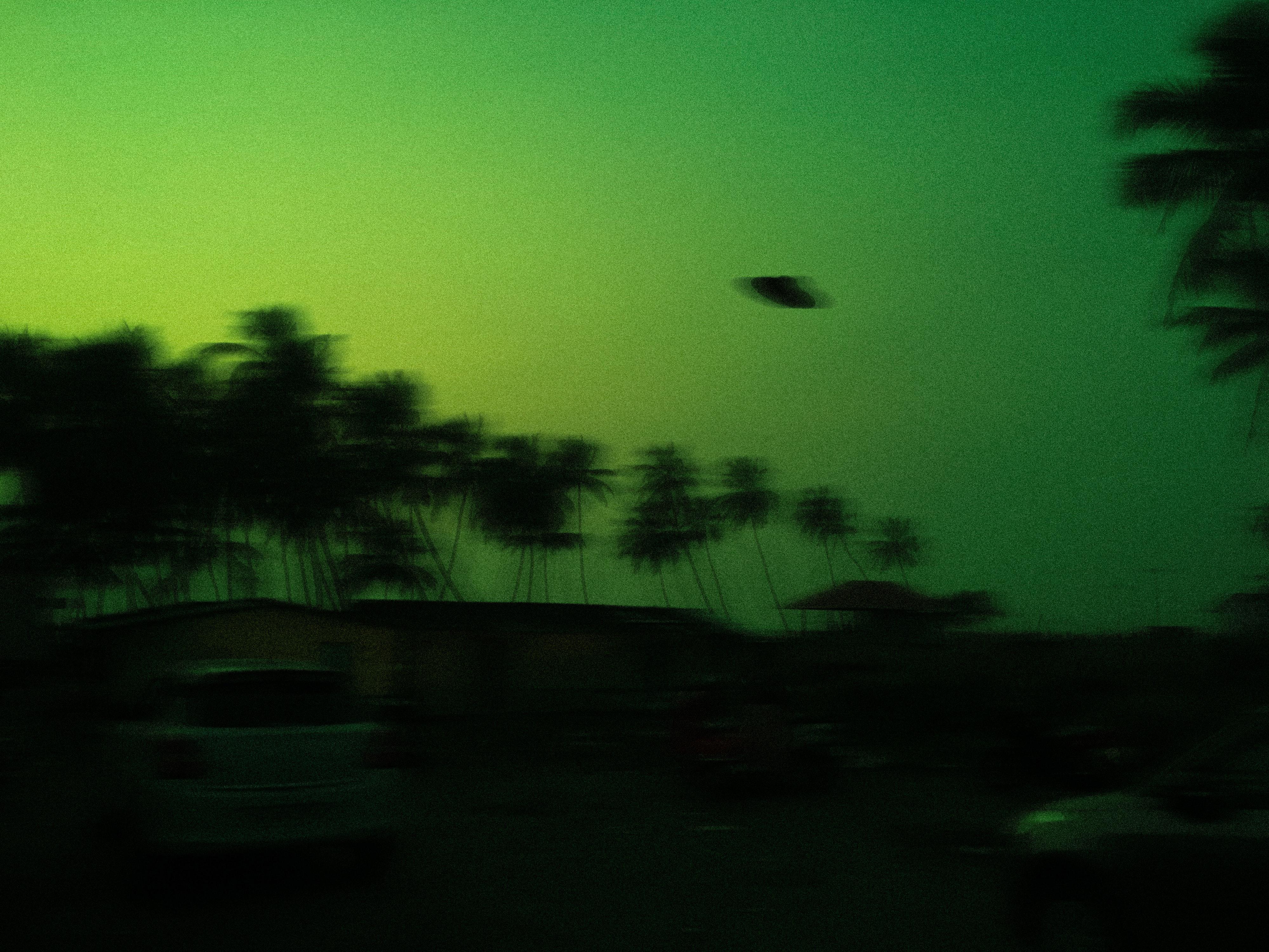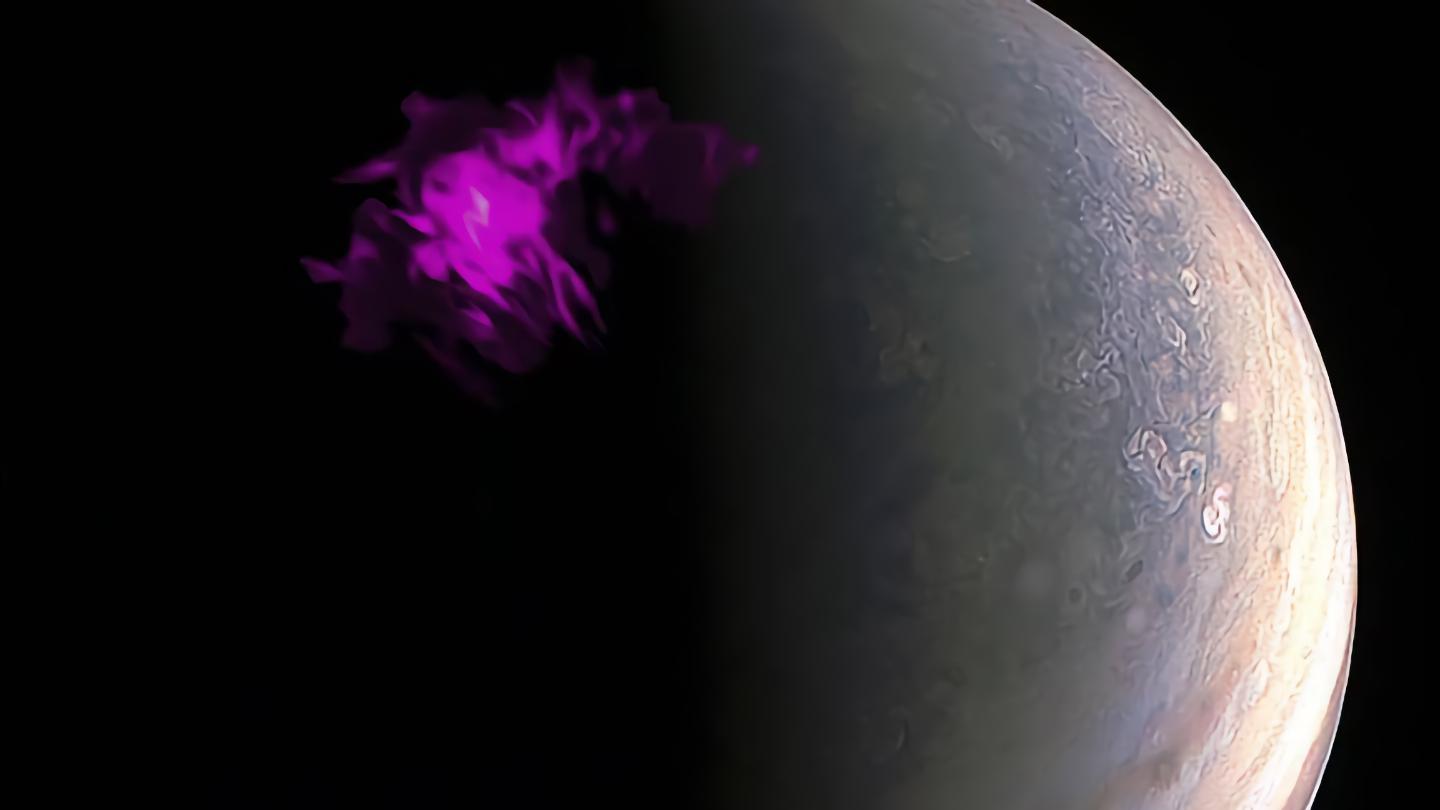MICHELLE THALLER: In 2017, we discovered the first visitor to our solar system that actually came from another star. This is really true. We discovered a really interesting type of asteroid-- a rock flying through space. And it was something that we'd never seen before. We knew for a fact that this rock could not have come from our solar system. It was going so fast that it had enough velocity to escape the Sun's gravity entirely. In fact, when it went past the Sun, in late 2017, at top speed it was going 196,000 miles an hour. That's by far enough velocity to completely go away from the Sun's gravity and go all the way out into interstellar space. Now, this object was discovered by a program called Pan-STARRS, which is run by the University of Hawaii. It's a telescope that looks for near-Earth objects, as partially funded by NASA.
NASA actually scans the sky, looking for asteroids. We want to make sure the earth is never under any threat from an asteroid that might be coming near us. We're also very interested scientifically in where the asteroids are and how they formed. It was named 'Oumuamua. And that's the Hawaiian word for scout-- the first arriving of many. And this was the first thing we'd ever seen from another star. So the idea of being the first, being a scout was a wonderful and poetic thing to name this thing. To give you a sense of how unusual 'Oumuamua is, we know that it's a rock like an asteroid in our solar system, but it has a completely different shape. We've never seen anything in our solar system that looks like this. It's about a quarter of a mile long, and it's actually elongated like a cigar. It's 10 times as long as it is wide, and we know that it's tumbling through space. It actually tumbles and rotates around its axis about once every seven hours.
Now, that means it's tumbling pretty fast. So in order to stay together and not just fly apart, it must be pretty rigid, made of rock or even something metallic. So it's a hard object, elongated, tumbling through space at incredible speeds. There also is something mysterious that happened as this object left our solar system. It's actually now around the orbit of Jupiter. And that is it changed its trajectory just a tiny little bit. It actually sped up a tiny little bit as it went away from the Sun. And that wasn't expected. We've seen that sort of behavior from things like comets. That when comets have a bit of gas or something trapped under the surface and the Sun warms it up, you can get a little jet that comes off the comet-- a little jet of gas that changes its velocity. We didn't think that 'Oumuamua had any of those volatiles, those gases on it, but apparently it did. As it went away from the Sun, it changed its trajectory just a little bit.
It also has attracted some attention because some people have wondered, could this be a technology? Could this be a spaceship or part of a spaceship? Or some people have talked about a lightsail-- something that actually can use stellar winds to accelerate and move between the stars. I'm always very concerned when somebody suggests a natural object like 'Oumuamua might be an alien spaceship because, for one thing, I think it takes away from the incredible real facts we know about this object. And in my view of the universe, aliens are definitely not impossible-- there could be other life outside the earth. There could even be other technologies outside the earth, more advanced races than us. That's not impossible in my view, but we have no evidence of this. And this is a natural object that you really don't have any reason to say has an artificial origin. And if you're going to say that something is an alien technology-- I mean, it reminds me of the quote from Carl Sagan that I come back to over and over again and that is "extraordinary claims require extraordinary evidence." This looks like a really interesting rock. There's nothing about it that suggests it's artificial. So I would like us to spend some time appreciating the mysteries of the universe for what they are. The real facts that we know. We don't need to layer aliens and technology over this. It's already a wonderful thing to study and I hope we learn more about it.






